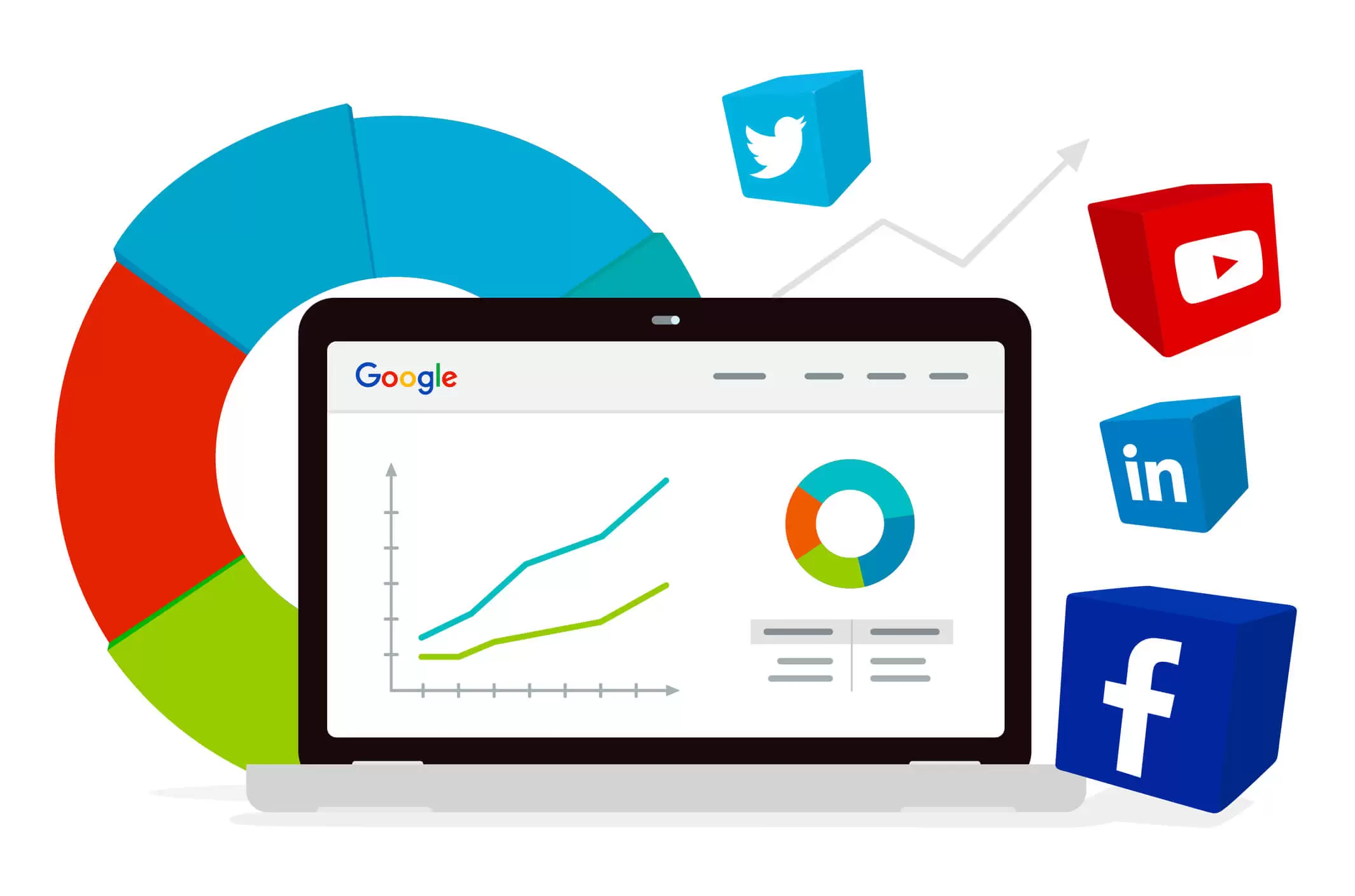Mastering the Art of Advertising with Tracking
- Home
- Strategy And Tips
- Mastering the Art of Advertising with Tracking

Mastering the Art of Advertising with Tracking and what exactly do you need to do as a Marketer.
It’s not a secret that tracking is a must thing to do when you start with your advertising. No matter what kind of budget are you using or if you are going to run your ads just for a few days, you should always track your data.
There are a few benefits to data tracking:
- Improved Decision-making
Data tracking provides businesses with accurate and up-to-date information that can support decision-making at various levels. By collecting and analyzing data on customer behavior, market trends, and performance metrics, businesses can make informed decisions about their products, services, marketing strategies, and operations. Data tracking allows businesses to identify patterns, trends, and opportunities, and make data-driven decisions that can optimize business outcomes.
- Enhanced Customer Insights
Data tracking enables businesses to gain valuable insights into their customers’ behavior, preferences, and needs. By analyzing data on customer interactions, purchase history, feedback, and demographic information, businesses can better understand their customers and tailor their marketing and customer service strategies accordingly. This can result in improved customer satisfaction, loyalty, and retention, as well as increased sales and revenue.
- Performance Monitoring and Optimization
Data tracking allows businesses to monitor and optimize their performance by collecting and analyzing data on key performance indicators (KPIs) and metrics. This enables businesses to track their progress toward goals, identify areas of improvement, and make data-driven adjustments to their strategies and tactics. Data tracking can help businesses optimize their operations, marketing campaigns, and sales efforts, resulting in improved efficiency, effectiveness, and profitability.
- Competitive Advantage
In today’s competitive business landscape, gaining a competitive advantage is crucial for success. Data tracking can provide businesses with a competitive edge by enabling them to gain insights into their market, customers, and competitors. By analyzing data on market trends, customer preferences, and competitor activities, businesses can identify opportunities, anticipate changes, and stay ahead of the competition. Data tracking can help businesses make strategic decisions, innovate, and differentiate themselves in the market.
- Enhanced Innovation and Creativity
Data tracking can foster innovation and creativity within businesses. By analyzing data, businesses can identify patterns, trends, and anomalies that can spark new ideas and opportunities. Data tracking can also help businesses test hypotheses, validate assumptions, and gain insights that can fuel innovation and creativity in product development, marketing strategies, and business models. Data tracking can enable businesses to think outside the box, experiment, and make data-driven decisions that can lead to breakthrough innovations.
But even without all of these benefits, how would you actually decide if you want to run your ads again? How do you measure success or how do you know who was your best customer? Data tracking can help you answer all of these questions.
Since data tracking is mostly a technical setup, I still see a lot of marketers who try to avoid this subject and receive their data only from the advertising platform (Facebook, Twitter, LinkedIn, Google Ads, Yahoo, and others). This fact limits their advertising options and their ability to predict the outcome of their ads.
There are a few basic rules that apply to any advertising platform.
The First rule is, if you have a website (or a landing page) – you have to connect to Google Analytics.
Google Analytics in 2023
Google always develops different tools, and so Google Analytics has changed over the years, today we are only talking about Google Analytics 4. Everything else is history.
One of the most significant benefits of Google Analytics 4 is its ability to provide a comprehensive view of user behavior across multiple touchpoints. With cross-platform tracking capabilities, I can now gain insights into how users interact with my website, app, and other digital assets, all in one place. This holistic view allows me to understand the entire customer journey and identify opportunities for optimization, whether it’s improving website engagement, enhancing app performance, or refining marketing campaigns.
The actual setup is pretty basic, it’s similar to the “settings” menu in your Gmail. But if you still struggling there are a lot of free resources that Google is providing to help you out. Both for setting up your account and understanding how to read your data.
The next thing on your list should be Google Tag Manager use.
Google Tag Manager – is a free tool offered by Google that allows marketers and website owners to easily manage and deploy tracking codes, also known as tags, on their websites or mobile apps without needing to modify the website’s source code.
Now you can connect all of your tracking codes from all your advertising platforms via Google Tag and launch your campaign. Don’t forget to check via the “Preview” menu on Google Tag that every tag is working properly and firing exactly when it should.
There are also free lessons on Google about Google tag, if you are a technical person then it will take you about 30 minutes to understand how the system works.
When everything is connected and ready, it usually takes up to 48 hours until the data starts to appear and you can start reading it.
Reading Google Analytics data is similar to any advertising platform, we can compare it with Facebook for example,
there is a time range that you can choose, you can break down data by traffic source, website pages, or even demographics like location, gender, language, and so on.
As a marketer, you should know how to operate Google Analytics 4, understand the basics of Google Tag Manager, and know where to find a tracking code on platforms like LinkedIn, Facebook, or Google Ads.
However, you can always hire a developer who can connect all of this for you, if you can’t learn the software.
When I started working as a marketer, I didn’t know how to set up any of these things. But I was curious to learn, and eventually, it wasn’t so hard to understand and do it by myself. Today this is one of the services that I am offering as a Freelance Marketing Consultant, to check, set up, and analyze the advertising data.
Next, I recommend reading an article about Retargeting


